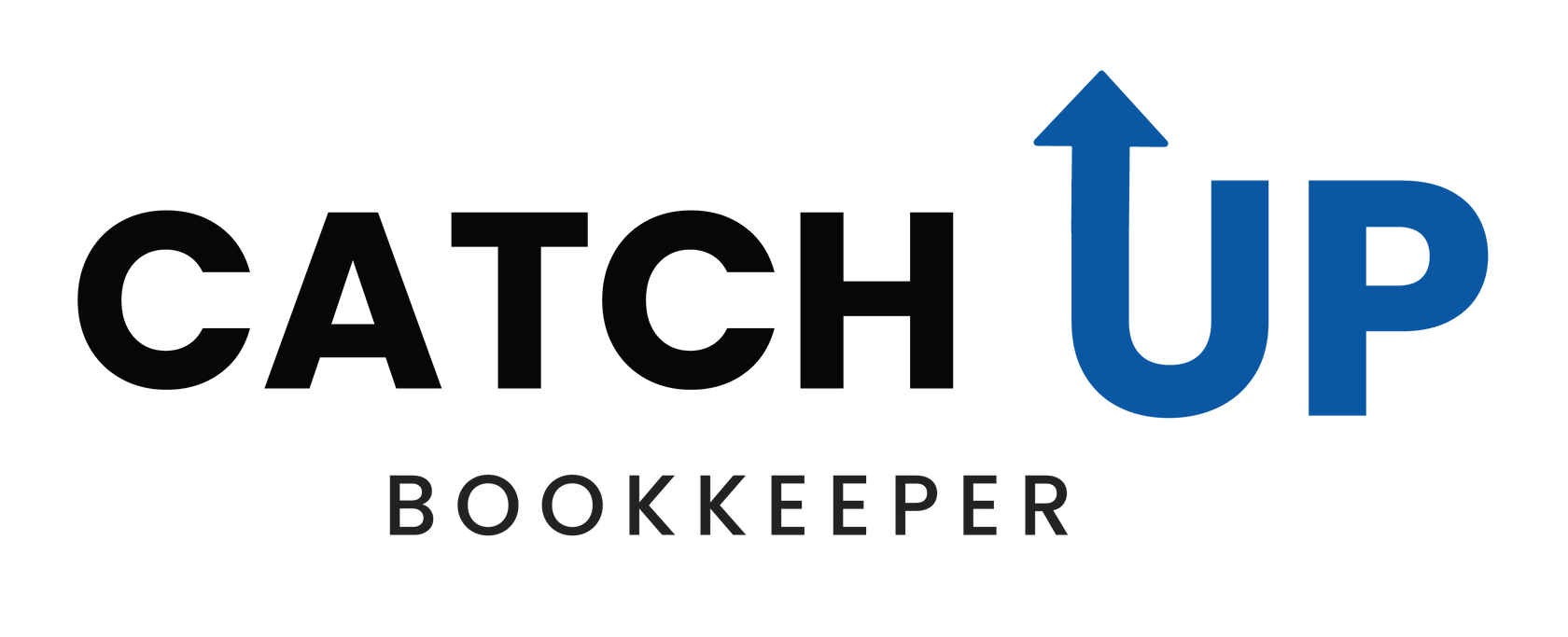For Canadian Small Business Only
RC66 Form: How to Apply for the Canada Child Benefit (CCB)
How to Apply for the Canada Child Benefit (CCB): A Step-by-Step Guide
Raising children in Canada can be expensive, but fortunately, some programs help ease the financial burden, like the Canada Child Benefit (CCB). This tax-free monthly payment is available to eligible families to help with the cost of raising children under 18 years of age. However, to receive this benefit, you must apply first and be reassessed annually.

Here’s a comprehensive guide on how to apply for the CCB using the RC66 form, what it entails, and what you need to know.
What Is the Canada Child Benefit (CCB)?
The CCB is a tax-free monthly payment provided by the Canada Revenue Agency (CRA) to assist families with the cost of raising children under 18. The amount you receive depends on your net family income and the number of children in your household. Families with lower incomes receive more, and additional funds are provided for children under the age of six. The CCB is reassessed annually based on your family’s tax returns.
What Is Form RC66?
Form RC66 is the application form required to apply for the Canada Child Benefit. It also allows you to apply for other child-related benefits, such as the Goods and Services Tax/Harmonized Sales Tax (GST/HST) and the Climate Action Incentive Payment (CAIP). This form is essential for newcomers, parents, and caregivers applying for the CCB for the first time. You can either complete the fillable PDF online or print and submit it by mail.
Important: If you are a permanent resident or newcomer, you will also need to complete Form RC66SCH in addition to the RC66 form.
When Should I Apply for the CCB?
It’s essential to apply for the CCB as soon as possible to avoid delays in receiving payments. You can apply when:
- Your child is born.
- Your child starts living with you or returns after staying elsewhere.
- There is a change in shared custody.
- You or your spouse/partner meet the eligibility criteria for the benefit.
If your child began living with you more than 11 months ago, you may need to provide additional documents when applying.
How to Apply for the Canada Child Benefit
There are three ways to apply for the CCB:
- Apply at Birth: You can apply for the CCB when registering your child’s birth in your province. In some provinces like Ontario, Quebec, Alberta, and British Columbia, you can do this online. Make sure to give consent for your provincial Vital Statistics Agency to share your birth registration details with the CRA.
- Mail the Application: Complete the RC66 form and mail it to your tax center. Expect your application to be processed within 11 weeks.
- Apply Through CRA My Account: If you have a CRA My Account, you can apply online without needing to submit a physical form.
Who Should Apply for the CCB?
Only the parent or guardian who is primarily responsible for the child’s care should apply for the CCB. The primary caregiver is typically responsible for the child’s day-to-day needs, medical arrangements, and general well-being. In cases where the non-birthing parent is the primary caregiver, a signed letter from the birthing parent is required to confirm this arrangement.
If parents share custody equally, the benefit will be split 50/50 between both parents.
How to Fill Out Form RC66
When completing the RC66 form, you’ll need to provide personal information, including your Social Insurance Number (SIN), marital status, and birth details. You’ll also need to provide information about your children, such as their names, dates of birth, and place of birth. If you have more than four children, you’ll need to attach an additional RC66-1 form listing the extra children.
Additional Documents You May Need
In some situations, you may need to submit extra documents along with your RC66 form:
- Schedule RC66SCH: For newcomers or returning residents.
- Proof of Birth: Required if the CRA has never issued benefits for your child.
- Citizenship Status and Proof of Address: Necessary if your child started living with you more than 11 months ago.
How Much CCB Will You Receive?
The amount of CCB you receive depends on your family’s net income and the number of children you have. Payments are recalculated every July based on the prior year’s income tax returns.
For shared custody arrangements, the benefit is split equally. If one parent is the primary caregiver, they will receive the full benefit.
Final Thoughts
The Canada Child Benefit is a significant financial support for Canadian families. By applying promptly and ensuring all necessary documents are submitted, you can start receiving these tax-free monthly payments to help with the cost of raising your children.
Make sure to file your taxes annually, as this determines your eligibility and the amount of the CCB you receive.
Key Takeaways
- Apply for the Canada Child Benefit (CCB) as soon as your child is born, moves in with you, or when custody changes.
- CCB payments typically start 8 to 11 weeks after your application is submitted.
- Ensure to submit the correct documents to avoid delays in processing.
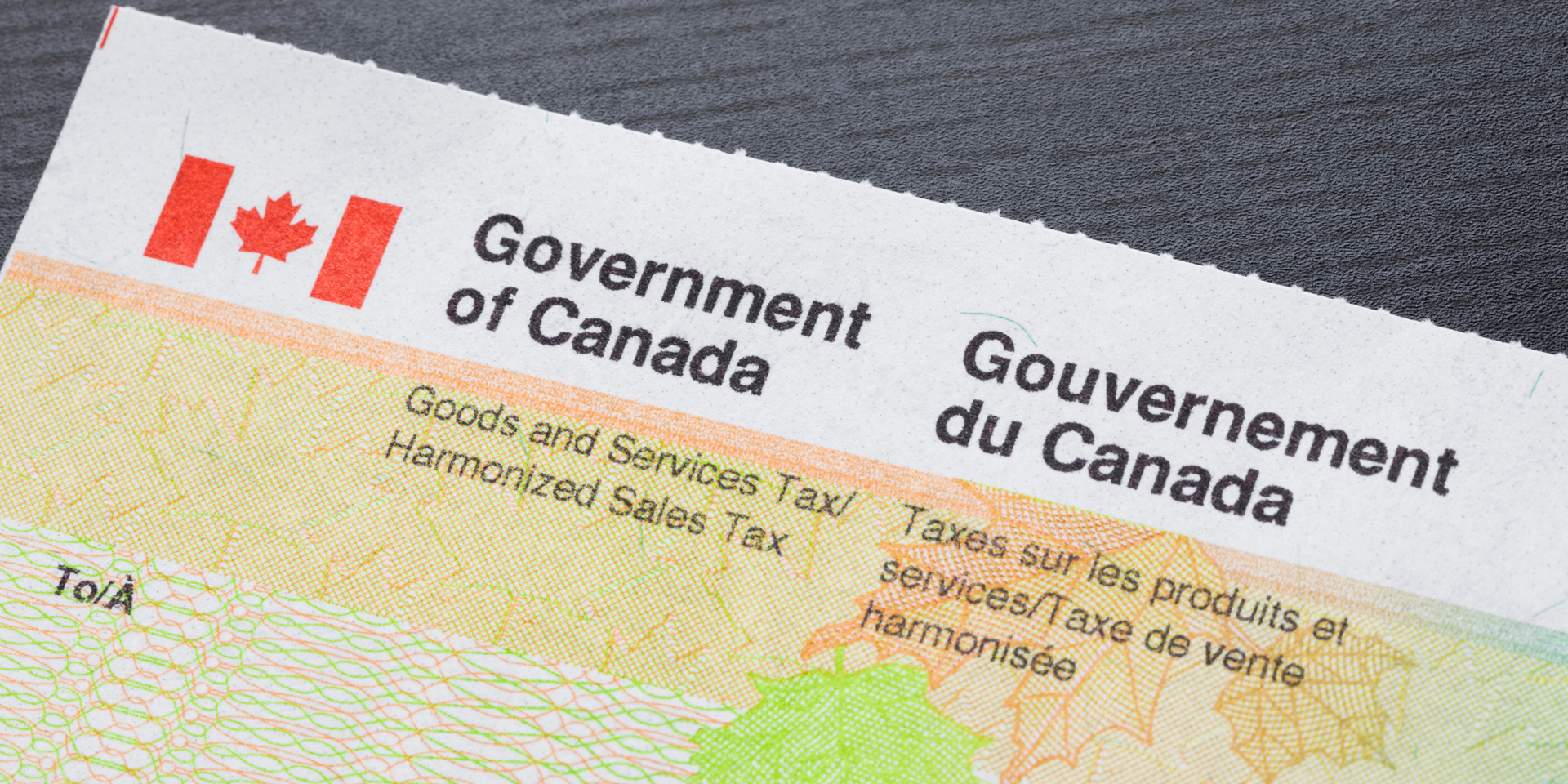



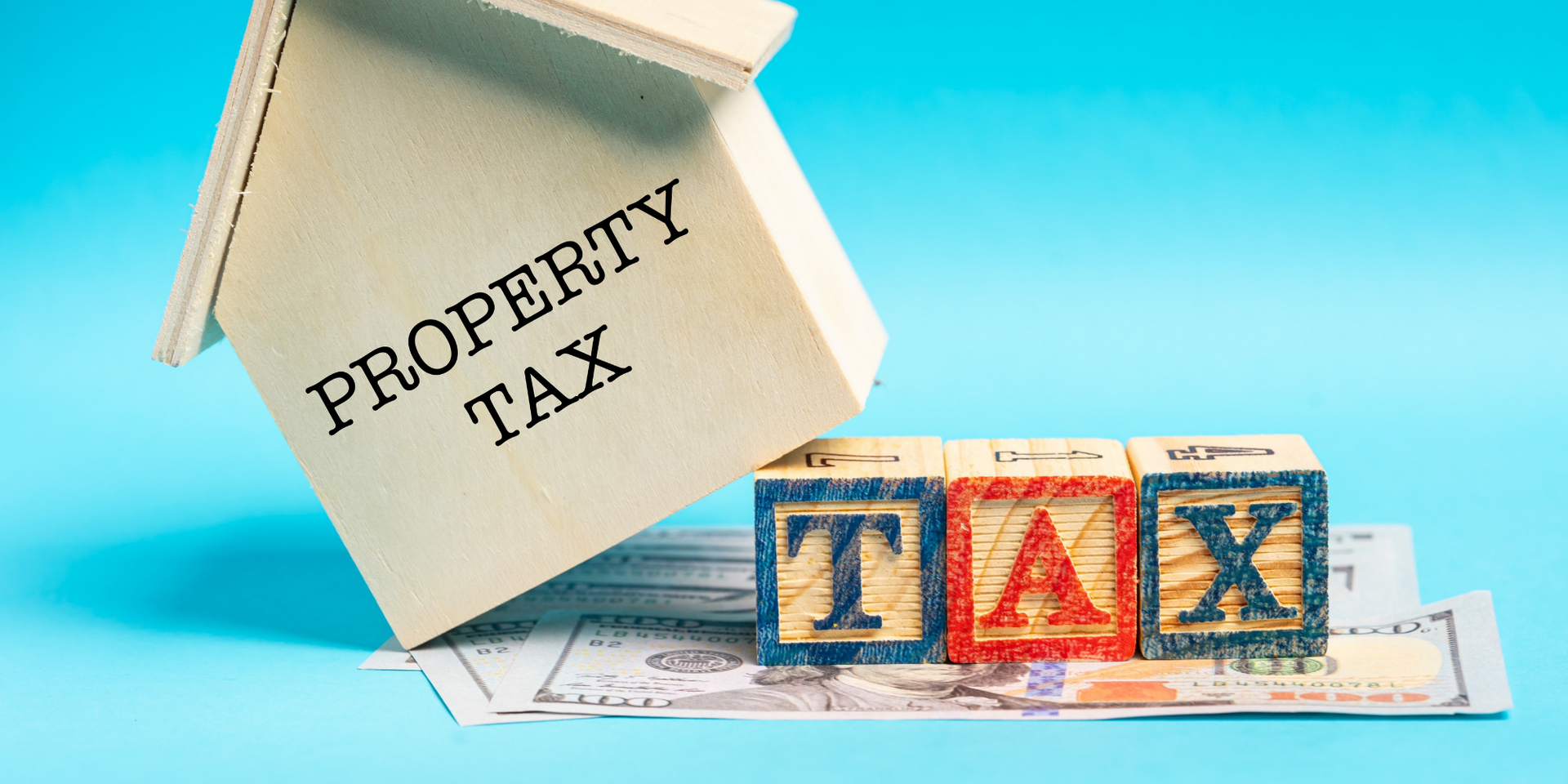


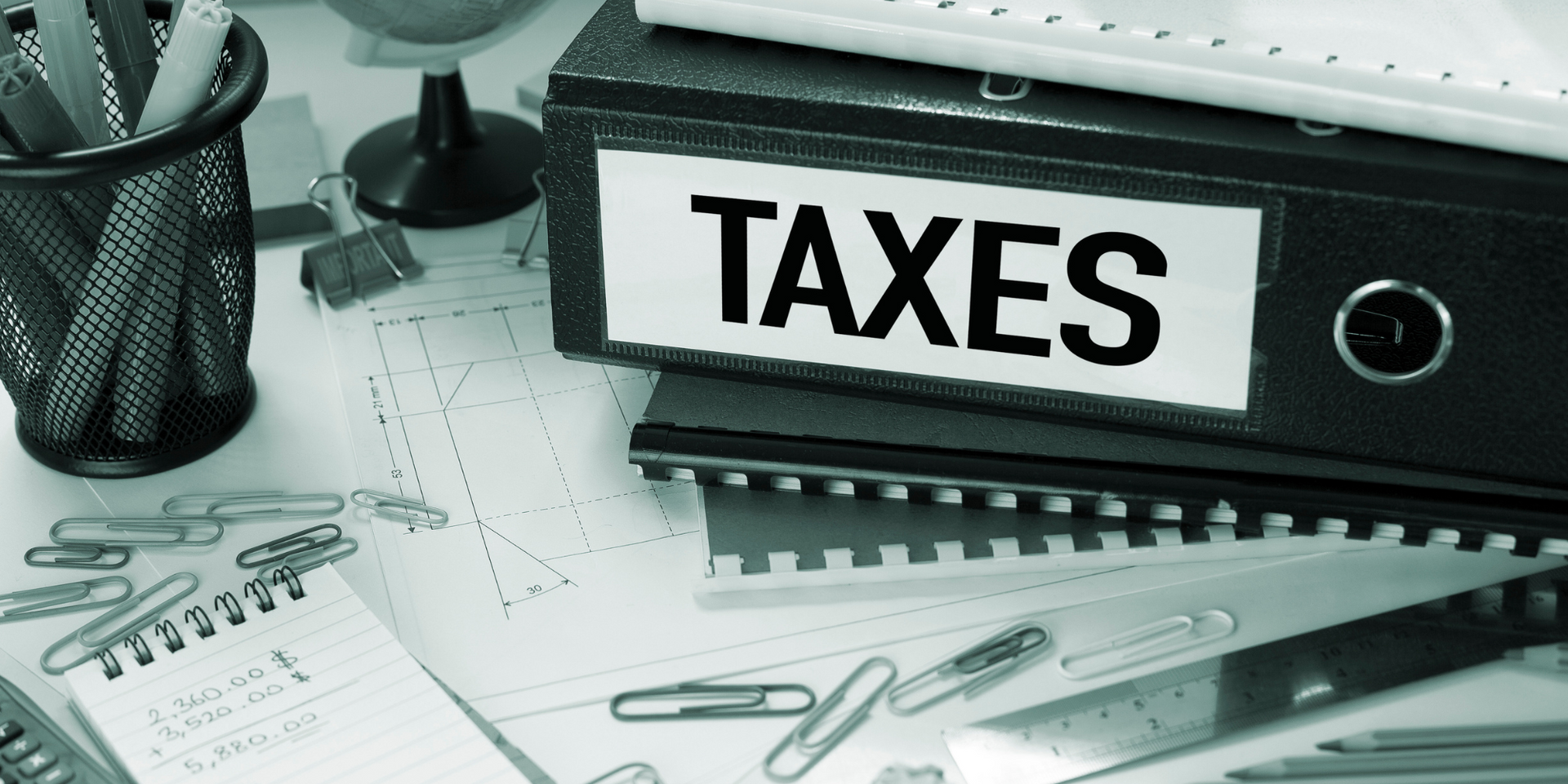


Bring your books up to date
CONTACT US TODAY
Contact Number
